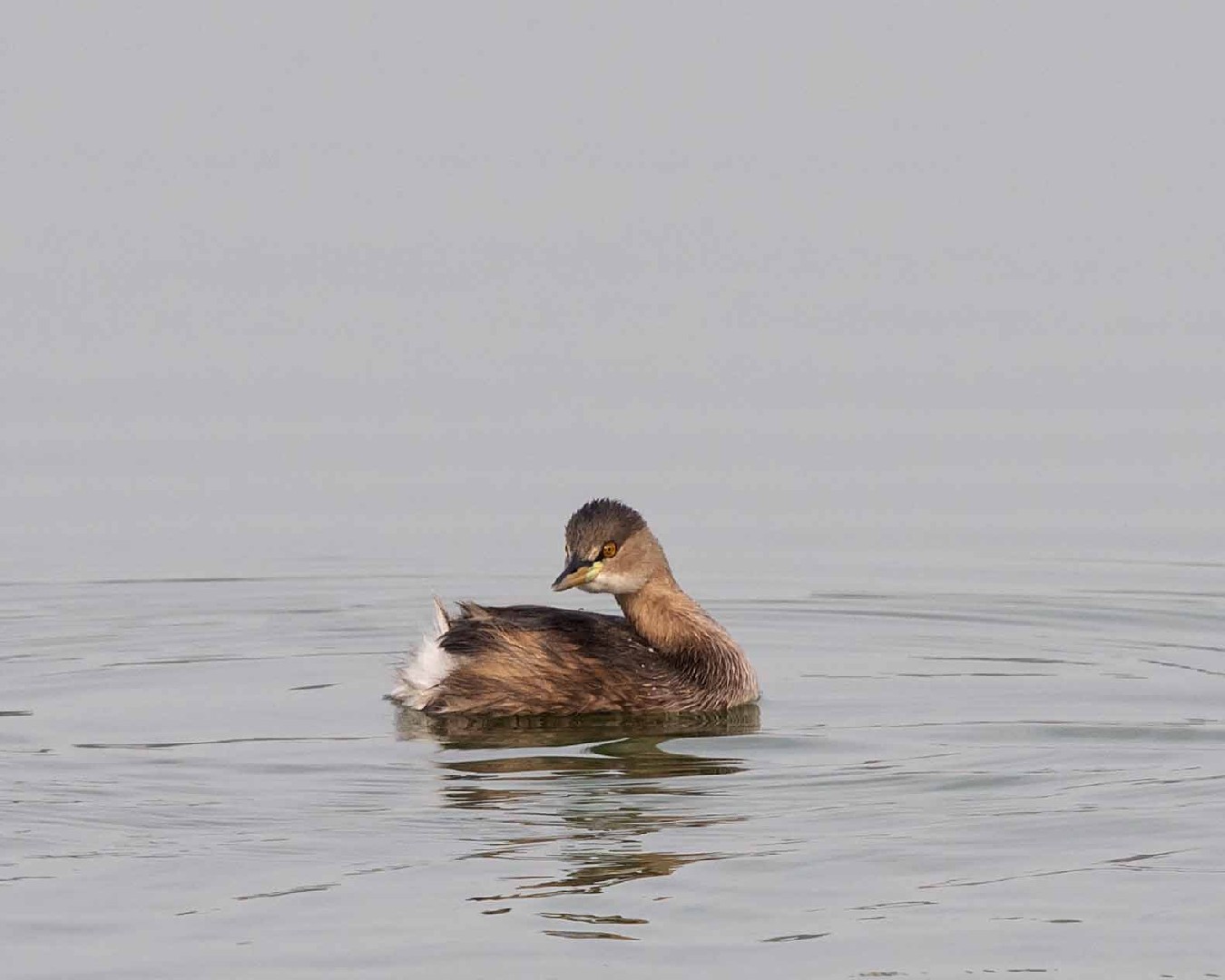Little Grebe
A species of Small Grebes, Also known as Tricolored Grebe Scientific name : Tachybaptus ruficollis Genus : Small Grebes
Little Grebe, A species of Small Grebes
Also known as:
Tricolored Grebe
Botanical name: Tachybaptus ruficollis
Genus: Small Grebes
Content
Description People often ask General Info
 Photo By Uday.Kumar3675 , used under CC-BY-SA-4.0 /Cropped and compressed from original
Photo By Uday.Kumar3675 , used under CC-BY-SA-4.0 /Cropped and compressed from original Description
The little Grebe is a diving bird that is easy to miss. Not only is it a small bird with inconspicuous coloring, but it is also shy. The bird prefers hiding in grasses and reeds, instead of being out on the open water. However, the bird is identifiable by its loud trills.
Size
29 cm
Life Expectancy
13 years
Nest Placement
Floating
Feeding Habits
Little Grebe primarily feeds on small fish, insects, crustaceans, molluscs, and shellfish, diving underwater to hunt. These adaptable divers exhibit a varied diet, often foraging alone and showing particular preference for shallow water hunting grounds.
Habitat
Little Grebe thrives in various wetland habitats such as freshwater marshes, lakes, fishponds, and micro-dams, often rich in aquatic vegetation. These birds prefer shallower water bodies and during the non-breeding season, can be found in open waters and occasionally in calm coastal estuaries. Adaptable, little Grebe occupies new habitats like man-made ponds, across elevations ranging from lowlands to high mountains.
Dite type
Piscivorous
People often ask
General Info
Feeding Habits
Bird food type
Behavior
The little grebe is an excellent swimmer and diver and pursues its fish and aquatic invertebrate prey underwater. It uses the vegetation skilfully as a hiding place. Like all grebes, it nests at the water's edge, since its legs are set very far back and it cannot walk well. The young leave the nest and can swim soon after hatching, and chicks are often carried on the backs of the swimming adults. In India, the species breeds during the rainy season. 
Distribution Area
This bird breeds in small colonies in heavily vegetated areas of freshwater lakes across Europe, much of Asia down to New Guinea, and most of Africa. Most birds move to more open or coastal waters in winter, but it is only migratory in those parts of its range where the waters freeze. Outside of breeding season, it moves into more open water, occasionally even appearing on the coast in small bays. 
Species Status
Not globally threatened.